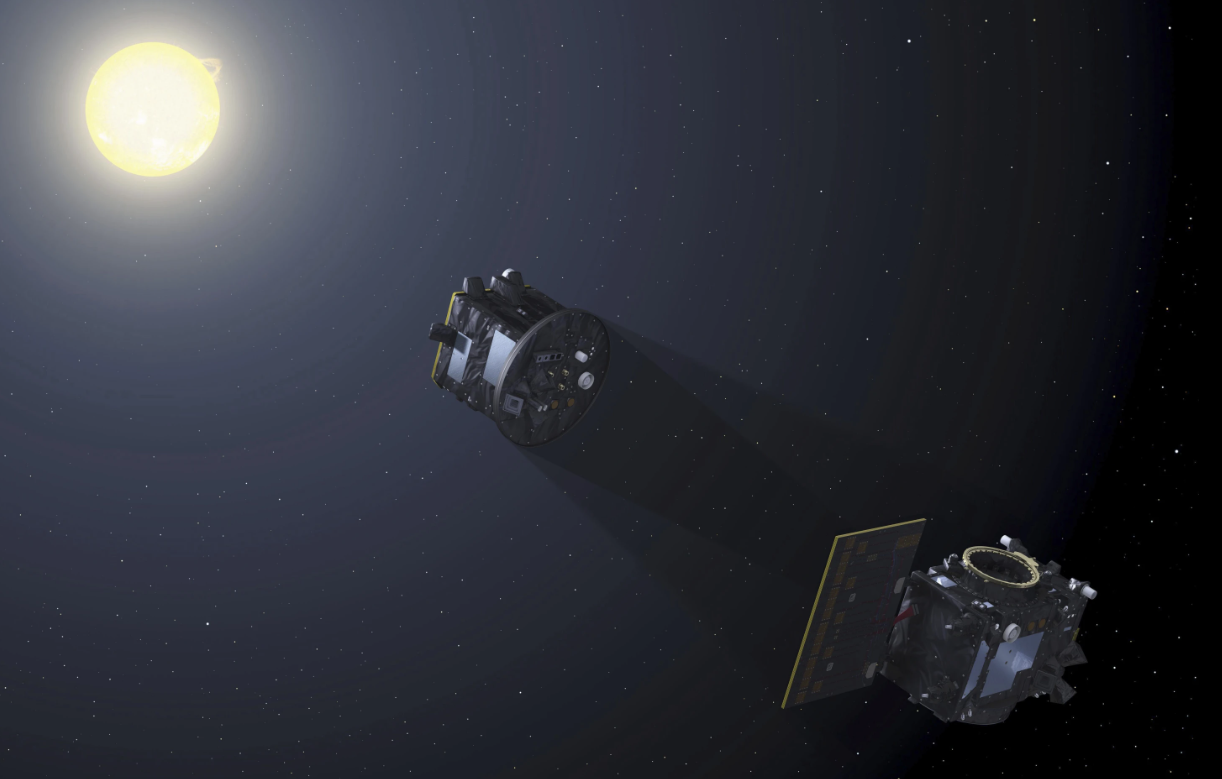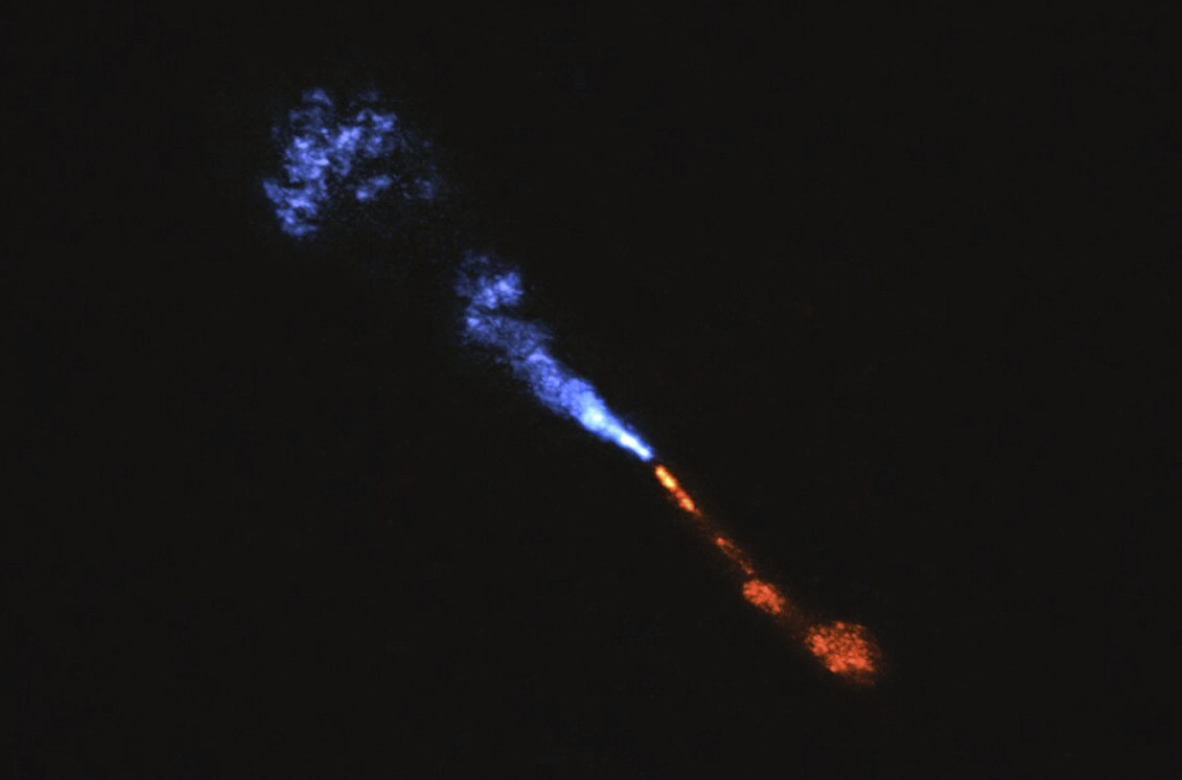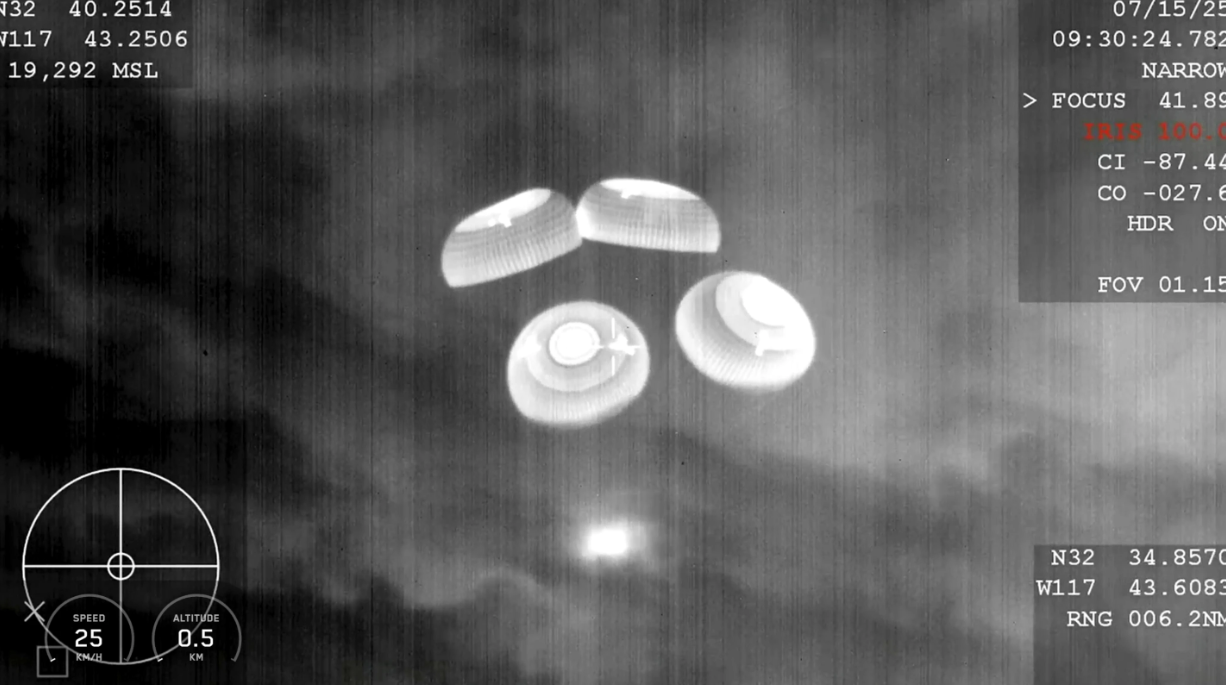Two European satellites have successfully produced the first artificial solar eclipses by flying in an exceptionally precise formation, offering scientists extended, on-demand views of totality.
The European Space Agency (ESA) unveiled the images Monday at the Paris Air Show. Since their launch late last year, the satellite pair has been simulating solar eclipses from orbit — starting in March — while traveling tens of thousands of miles above Earth.
Positioned just 492 feet (150 meters) apart, one satellite acts like the moon by blocking the sun, while the other captures detailed images of the sun’s corona — its glowing outer atmosphere — using a specialized telescope.
The coordinated maneuver is highly complex, demanding near-perfect accuracy from the cube-shaped spacecraft, each under 5 feet (1.5 meters) in size. Their positions must be maintained within a millimeter — roughly the width of a fingernail — using autonomous systems that include GPS, star trackers, lasers, and radio communication.




